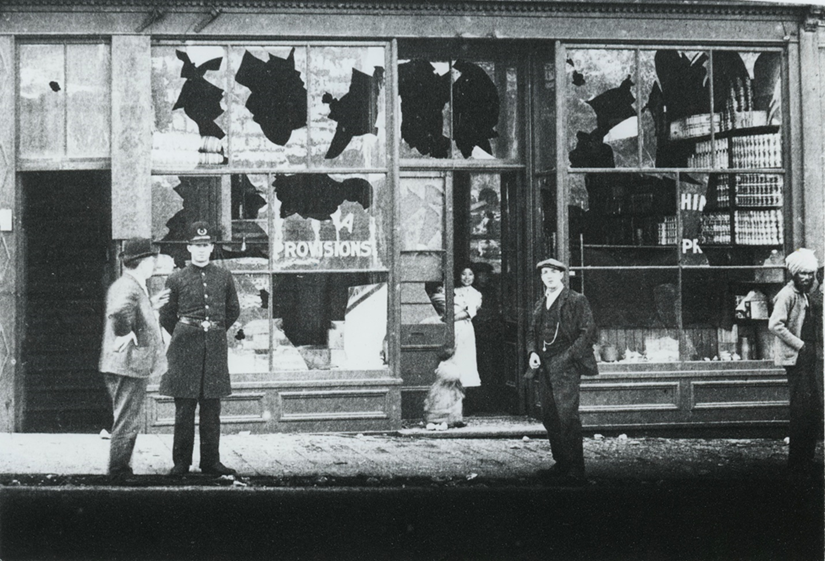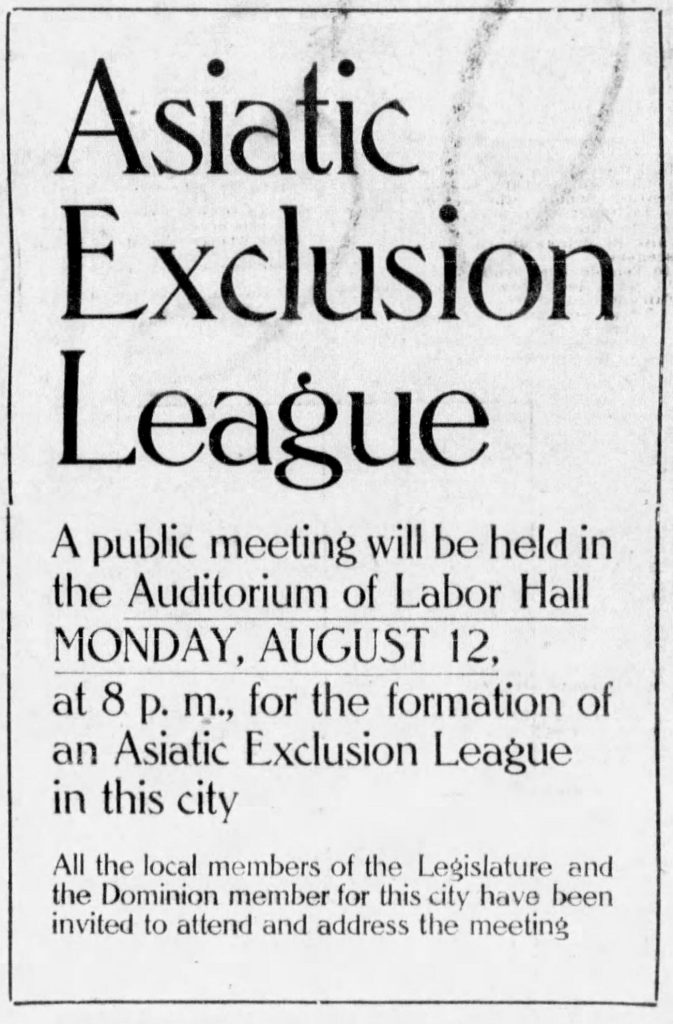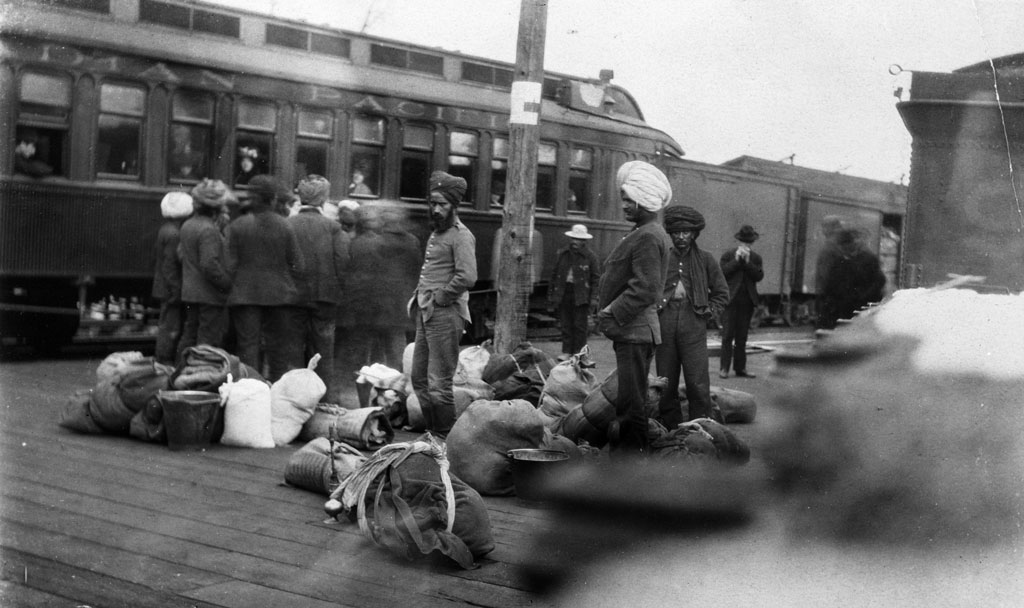
On September 7th, 1907 thousands of white citizens rioted through Vancouver’s Chinatown, destroying homes and businesses. Windows were smashed, stores looted, and Chinese Canadians were beaten. After venting their fury on Chinatown, the crowd headed to Powell Street to attack Japanese citizens. Chinese and Japanese people were visible symbols of racial hatred, but the mob also had their eye on the rising tide of immigration from India.
In March 1907, British Columbia passed a law to disenfranchise all ‘natives not of Anglo-Saxon parents.’ One month later, South Asians were denied the vote in Vancouver through changes in the Municipality Incorporation Act. This denied them the vote at all levels, including the Federal vote, which used the provincial voter’s list; the fact that India was also a British Crown colony meant nothing. [1]
South Asian, Chinese and Japanese citizens would be barred from the political process in Canada for the next 40 years, until 1947 when the vote for South Asian Canadians was reinstated; other communities waited until 1948 and 1949 respectively. Most shameful of all, Indigenous people were denied the right to vote without relinquishing Status in Canada until 1960.
During this later period, the BC labour movement worked against racism and evolved as an effective vehicle for immigrant communities to advocate for their rights, despite unions having led the demands for exclusion in the first place.

The Vancouver Branch of the Asiatic Exclusion League (AEL) was established in August 1907 by organized labour, politicians and other community leaders. At its founding meeting representatives of similar organizations in Washington State were in attendance. Meetings were held at the Labor Hall and the first executive was dominated by union members.
“The object of this organization is to work for the exclusion from the Dominion of Canada, its territory and its possessions, all Asiatics,” said a story in the Vancouver Daily World on August 10, 1907. “The list of signatures was headed by Mayor Bethune, and includes several members of the legal legislature and a member of the Dominion parliament.”[2]
At its first meeting, the AEL decided to hold a rally at City Hall and a parade through the streets of Vancouver on September 7, 1907. They invited trade unionists from BC and Washington State, ex-servicemen and fraternal organizations to this widely-advertised spectacle. “Thousands will Line Up in Parade” blared the Vancouver Daily World. “The trade unionists and various fraternal societies…will also aid in the demonstration”. [3]

Two days before the Vancouver parade was to take place, gangs of white thugs in Bellingham, forty kilometres to the south in Washington State, rounded up “East Indian” mill workers and ordered them out of town.

Just as Bellingham refugees were arriving at Vancouver, local organizers forged ahead with their September 7 parade, carrying signs and flags calling for “A White Canada”. While a huge crowd listened to speeches outside City Hall on East Hastings Street, thousands split off as a violent mob.
Thousands rioted, marching into nearby Chinatown destroying homes and businesses. Windows were smashed, stores looted, and many Chinese people were beaten. After venting their fury on Chinatown, the crowd headed to Powell Street to attack the Japanese community.
Chinese and Japanese people were visible symbols of racial hatred, but the mob also had their eye on the rising tide of immigration from India.
- "1907," South Asian Canadian Heritage, accessed November 10, 2021, https://www.southasiancanadianheritage.ca/march-1907/. ↵
- Vancouver Daily World, August 10, 1907, 7. ↵
- Vancouver Daily World, September 7, 1907, 1. ↵
